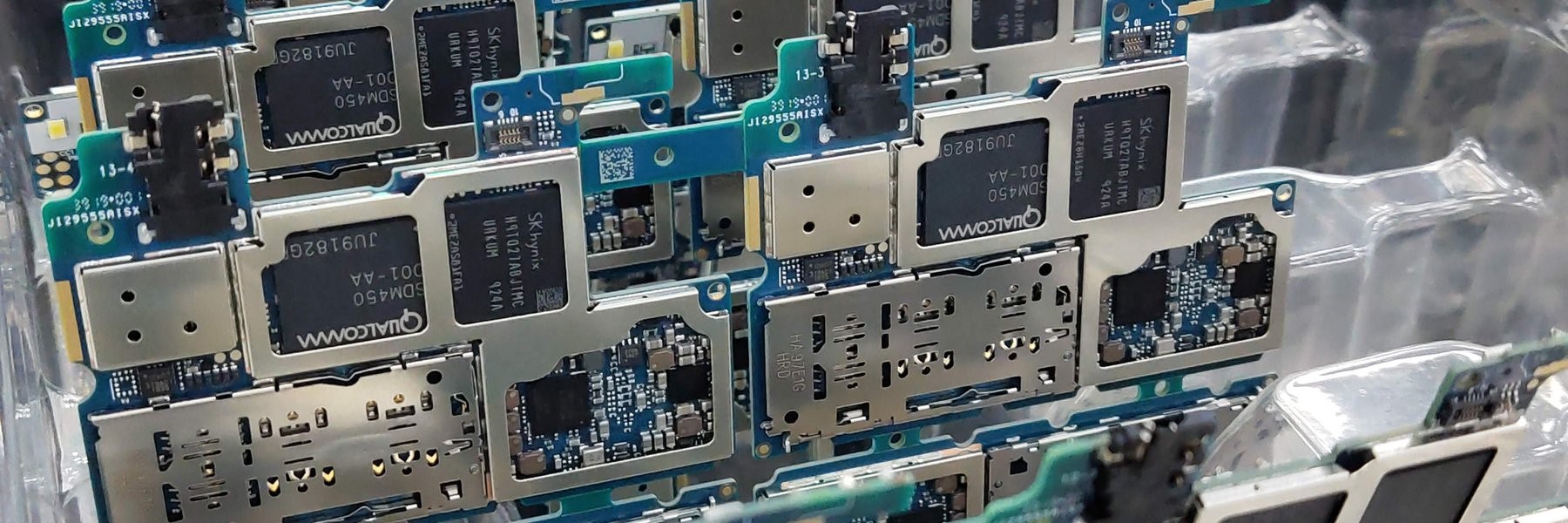The B2B eCommerce industry has been booming even faster than on the B2C side in many regards. Last year eCommerce giant Amazon launched Amazon Business, its B2B marketplace in various countries. This part of its business has much more impressive growth prospects than its retail arm. The company is predicting $75 billion gross merchandise value by 2023. This represents an annual growth rate of 115% compared to a 28% growth in its retail arm. This disparity should give an indication of the sheer growth rate of B2B. The recent effects of the COVID pandemic has no doubt accelerated this growth. It launched in Canada late last year and has been incorporated into the operations of many businesses.
New reality
However, the pandemic has added a great deal of complexity meaning B2B businesses must approach business much more like B2C. The key reason being that customer habits are changing in that direction. The pandemic has caused a merger of online and offline operations which mean B2B must adopt technology and practices originally meant for customers. In Q1 2020, we have started seeing B2B retailers adopt practices such as buy online, pick up in store option. A recent study found that 43% of B2B customers changed suppliers due to inadequate online ordering systems. 42% changed because of suppliers inability to deliver online during the lockdown.
Manufacturing
The manufacturing sector in particular has been making eCommerce adoption a priority amidst the recent changes in customer behavior. US manufacturing B2B eCommerce sales increased in 2019. In 2019, US manufacturing B2B sales represented 7% of all manufacturing sales. This percentage is almost certainly going to be higher this year. It is just a matter of how much more. B2B eCommerce enhancement is gradually becoming industry standard for some. Surf Industry Manufacturers Association (SIMA) are quickly adopting new eCommerce technology due to changes in consumer behavior. Industry leadership, cost savings and revenue considerations have played a big role in this.
B2B mobile
COVID has increased the usage and adoption of mobile commerce over the past months. Users are more comfortable buying through mobile. This trend has extended from B2C to B2B. There has been even more innovation through the realization from the industry. For example, InSync Tech-Fin Solutions has launched a mobile application to cater to this kind of user. This change has created lots of opportunity for innovation. B2B eCommerce would be unrecognizable after a decade.

